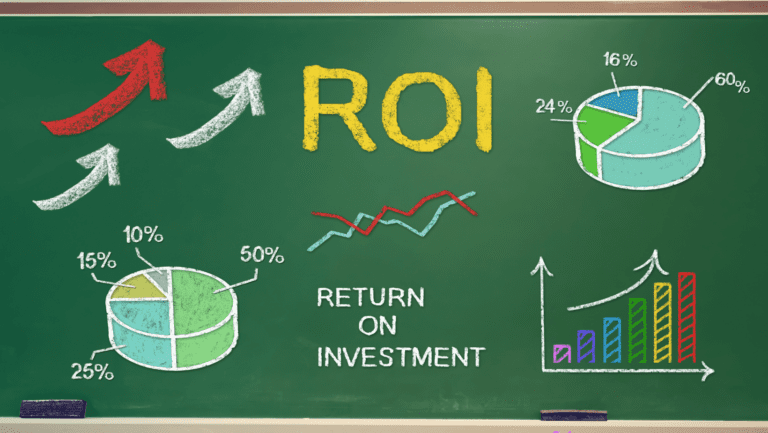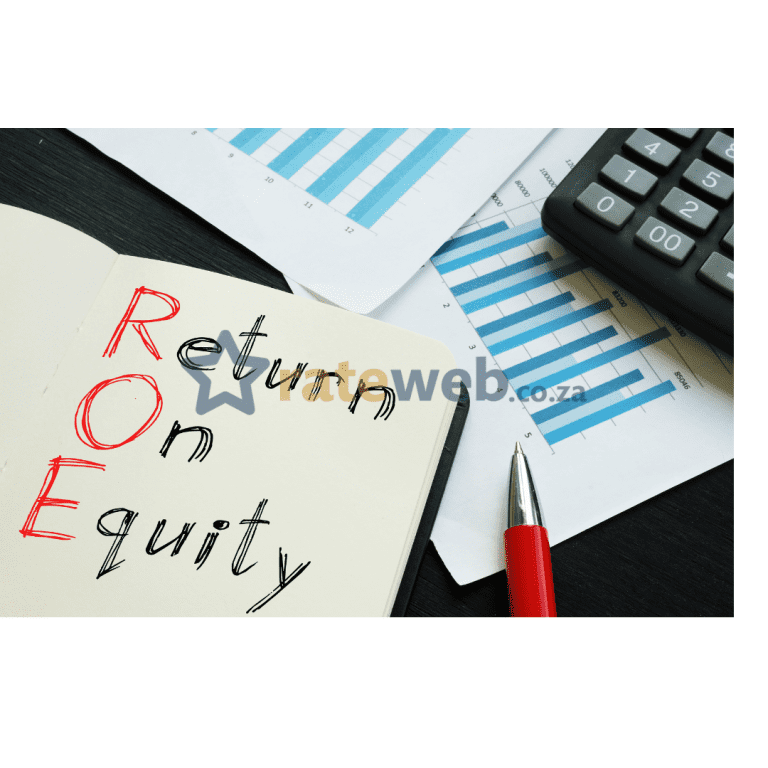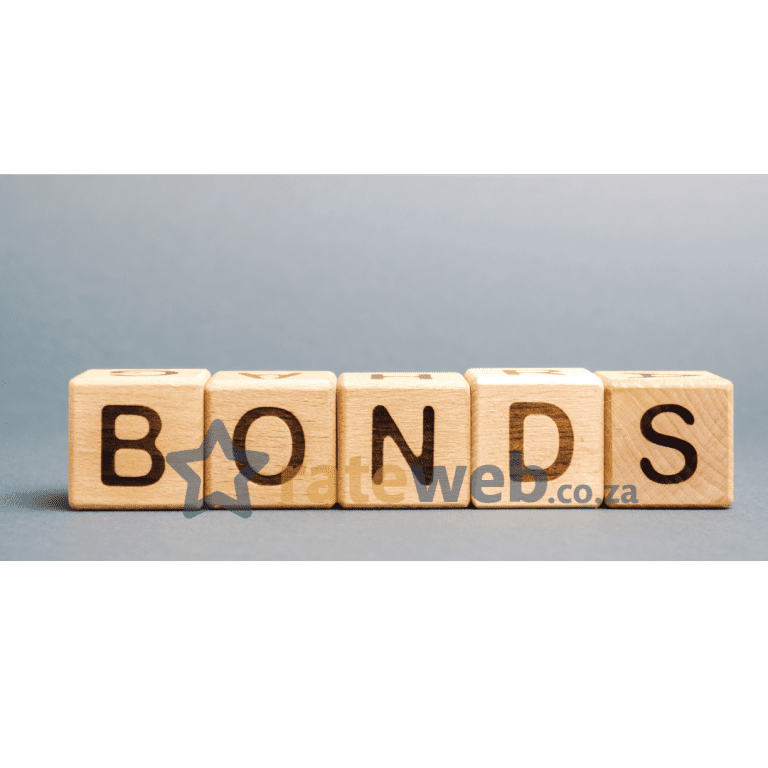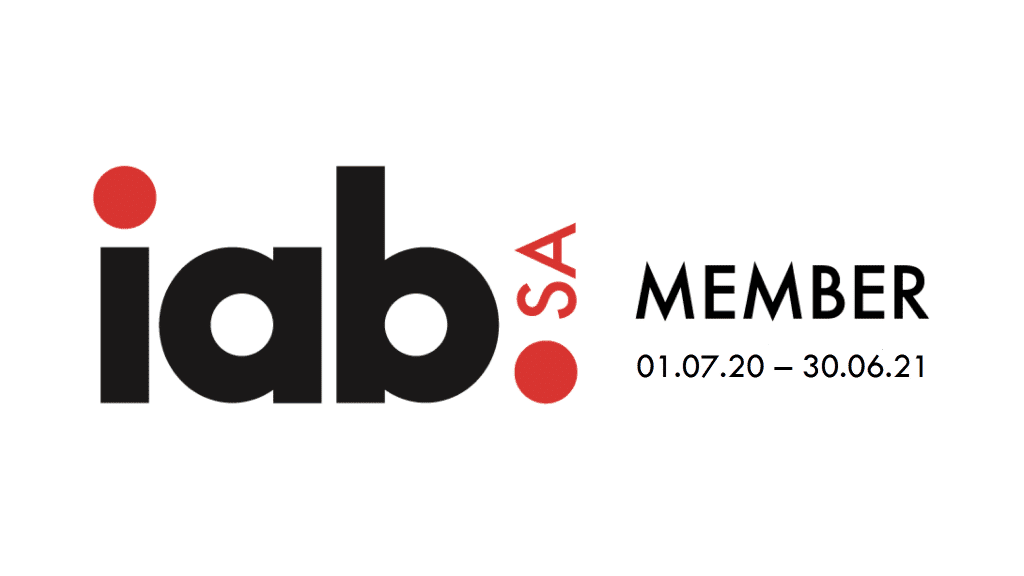Some investors use financial statements to create ratios that can help compare the performance of similar companies.
In this article, you’ll learn how investors can use the P/E ratio to help compare the valuation of two or more companies.
What is P/E Ratio

In South Africa the price-to-earnings ratio (P/E ratio) is the ratio for valuing a Johannesburg Stock Exchange listed company by measuring the current share price in relation to its per-share earnings (EPS). To calculate the P/E ratio investors divide a company’s share price by its EPS. The same calculation can be done for non-listed companies, it is however rarely necessary.
Comparing 2 stocks using P/E Ration
Let’s look at an example. Suppose there are two companies that both make and sell sand shovels. Company A is trading for R60.00 per share, while Company B is trading for R10.00 per share.
A new investor might assume the R10.00 stock is the best value because it’s the cheapest. But this isn’t necessarily true. A low share price does not mean a stock is undervalued.
A stock is considered undervalued when its price is low relative to the total amount of Rands the company earns, rather than compared to the price per share of similar companies.
To help compare these two companies and determine which may be the better value, we need a common measurement, such as the price-to-earnings, or P/E, ratio. The P/E ratio simply compares a stock’s price to its company earnings, or profit.
How to calculate P/E ratio

Now, back to our example. Let’s say Company A is located in Cape Town, which has a lot of sand. Therefore, Company A sells a lot of shovels and earns a profit of R100,000.00 a year.
Company B is located in Durban. While Durban is a big province with a high population, it doesn’t have much sand. Therefore, Company B only earns a profit of R10,000.00 a year.
We know each stock’s share price and each company’s earnings, but we don’t know how many shares have a claim on the earnings.
To put it another way, we need to know how many shares the company has issued to calculate the value of each share relative to the company’s overall earnings.
This calculation is known as earnings per share, or EPS. Because Company A has 50,000 outstanding shares and R100,000.00 in earnings, each share has a claim on an EPS of R2.00.
Now that we have Company A’s EPS, we can calculate the P/E ratio. At a price of R60.00 per share and an EPS of R2.00, Company A’s P/E ratio is 30.
This means its stock is trading at 30 times its earnings per share. Let’s calculate Company B’s P/E ratio. It has 10,000 outstanding shares and R10,000.00 in earnings, resulting in an EPS of R1.00.
The stock is at R10.00 per share, which means Company B is trading at 10 times its earnings or has a P/E ratio of 10. In this example, Company B may be a better value, not because it has a lower stock price, but because it has a lower P/E ratio.
How to use the P/E Ratio
In other words, the lower the P/E, the less an investor is paying per Rand of a company’s earnings.
Although the P/E ratio is the most common valuation measurement, it isn’t the only indicator that should be used when evaluating a stock.
For instance, some stocks may have low P/E ratios because they have limited growth potential. If Company B only sells snow shovels in a state where there isn’t much snow, then it isn’t as likely to grow.
However, if both companies are expected to grow at similar rates, then Company B could be the better value based on its P/E ratio.
Also keep in mind that a high P/E ratio isn’t always bad. For example, suppose Company A is doing well because it invented a new shovel that pushes itself.
This new technology could increase demand for its shovels, and the company could grow very quickly and potentially increase earnings. This kind of growth could justify a high P/E ratio.
In this case, a high P/E ratio could indicate greater expected growth opportunities. If you expect earnings to grow, the current price may be worth the investment.
Conclusion
The P/E ratio is a commonly used and versatile fundamental analysis tool because it can help investors identify value and growth stocks. Just remember to compare price and earnings, and to keep earnings potential and other factors in mind when evaluating stocks.
Because the P/E ratio only factors in earnings per share and price, investors should consider using other metrics like dividends or projected future earnings to help determine a stock investment’s potential.







































